Only those who lived and fought during the most difficult and arduous years of war can understand the price of peace, independence and freedom. Today's generation has never known what it was like to "dig mountains, sleep in tunnels", to "live now, die now", but they have never forgotten the past, forgotten the sacrifices and contributions of previous generations for the cause of revolutionary struggle and national liberation. Today, living witnesses, preserved documents and artifacts continue to tell the story of the heroic Vietnamese people and heroic Thanh land.
 Guns and anti-aircraft guns were used by our army in combat to protect Ham Rong during the years of resistance against the US (1965-1972).
Guns and anti-aircraft guns were used by our army in combat to protect Ham Rong during the years of resistance against the US (1965-1972).
Drum echo command
Not ostentatious or massive in size, or elaborate in design, the command drum used by the Hoang Hoa army and people in the uprising to seize power on July 24, 1945 lies neatly on a shelf, in the exhibition space of documents and artifacts from the August Revolution and National Day September 2 in Thanh Hoa at the Provincial Museum. The color of time and the scratches and tears on the drum's surface and body seem to open the door of history, bringing visitors back to the glorious event in the homeland of Hoang Hoa.
In the first months of 1945, the anti-Japanese movement to save the country in Thanh Hoa province developed vigorously. Along with the movements to destroy rice warehouses to relieve hunger, to purchase weapons to arm themselves against the Japanese, there were continuous outbreaks. There were demonstrations that lasted more than 20km, the longer they went, the more enthusiastic they became, attracting a large response from the people. Leaflet distribution, speeches, and propaganda campaigns in support of the Viet Minh were continuously organized in localities such as Hoang Hoa, Tho Xuan, Thieu Hoa, Yen Dinh, Dong Son, and Ha Trung. The Viet Minh front in many communes, districts, and prefectures was established. The enemy was confused and wavering. The puppet government system of the Japanese was increasingly crumbling...
At that time, the revolutionary movement in Hoang Hoa was strong throughout the countryside. To save the situation, the enemy increased their suppression in an attempt to suppress the revolutionary movement that was rising in spirit in this land. On July 13, 1945, the Japanese fascists and the puppet governor sent a security unit of 34 armed men led by Quan Hien to Hoang Hoa district to join the district chief in terrorizing the two areas of Dang Trung (Hoang Dao) and Lien Chau - Hoa Loc (Hoang Chau). In response to the enemy's plot, the Party cell and the district Viet Minh Committee gathered self-defense forces and prepared a combat plan. A force of 12 soldiers ambushed at Ma Nhon islet, Dang Trung (Hoang Dao). The self-defense forces of Hoa Loc, Hai Chau, Hoang Chung, Ngoc Long (Lien Chau - Hoa Loc) villages and neighboring villages deployed their forces and were ready to wait for orders.
On the morning of July 24, 1945, the enemy troops led by District Governor Pham Trung Bao advanced towards Hoang Hoa. When they reached Con Ma Nhon (Hoang Dao commune), they fell into an ambush of the Dang Trung militia. After a fierce struggle, Pham Trung Bao and all his soldiers were subdued and captured, and 12 guns were confiscated. The Hoang Hoa militia and people escorted the enemy troops and District Governor Pham Trung Bao to Dang Trung communal house to await trial. Another group of troops led by Quan Hien marched down to Lien Chau - Hoa Loc and were ambushed by the suicide militia platoon commanded by comrade Le Van Tuon, forcing them to find a way to escape. That very afternoon, the Party cell and the district Viet Minh committee urgently organized a rally at Con Ba Cay amid the joy and jubilation of the Hoang Hoa soldiers and people. The indictment denouncing the crimes of District Governor Pham Trung Bao and the puppet government resounded loudly before the eyes of thousands of people.
In those heroic historical moments, the sound of the command drum resounded as if urging people's hearts, encouraging their spirit and will, adding strength to the army and people of Hoang Hoa. It was the echo of ardent patriotism, steadfast fighting spirit, intelligence and courage. The uprising became a memorable historical event, the pride of the Party Committee, government and people of Hoang Hoa district. This was the victory that opened the climax of the uprising to seize power and brought the revolutionary movement of the whole province to its peak, contributing with the whole country to the success of the August Revolution in 1945.
Anti-aircraft artillery fire in the “dark days” of the US Air Force
Standing majestically in the Thanh Hoa Provincial Museum, the image of the MIG-17 aircraft, serial number 3029, and the 57mm anti-aircraft gun barrel of our army used in the battle to protect Ham Rong bridge during the long resistance war against the US (1965-1972) is a brilliant milestone in the history of the nation. "If only there was no war" - the sigh-like words of the woman wearing the uniform of a youth volunteer made the people around her feel nostalgic and emotional. The fate of the nation is like that, it cannot be otherwise. The important thing is that many generations of Vietnamese people have not cared about loss, sacrifice, and devoted their flesh and blood, have "lived and died", "simply and calmly" to blend into the shape of the country's mountains and rivers, so that the red flag with the yellow star flutters, so that we can have peace and development like today. The Ham Rong victory has contributed the most heroic sounds to that "epic".
Still remember, Ham Rong of the fiery days. Faced with the terrifying expansion of the "thunder gods" roaring in the sky, Ham Rong entered the war with a ready, proactive and well-prepared mindset, "deploying troops", coordinating operations with many participating forces, such as: Anti-aircraft Artillery Battalion 14 - Division 304 - Vinh Quang Group; Mobile Regiment 213 of the General Command of the Vietnam People's Army with two 37mm artillery companies, Company 5 stationed in Dinh Huong area and Company 4 stationed in the duck hut and unnamed hill; Company 1 and Company 5 of the 57mm anti-aircraft artillery group, Tam Dao Regiment (Regiment 234); anti-aircraft artillery companies of Thanh Hoa Provincial Military Command stationed on Hill 75...
The main air defense force combined with the low-altitude air defense force of the Thanh Hoa armed forces to form a multi-layered, multi-layered air defense "fire net" ready to receive enemy aircraft. The militia and self-defense forces of the villages and communes at that time: Dong Da, Yen Vuc, Nam Binh, Dam Chuong, Au Thuyen, Hoang Long, Hoang Ly, Hoang Anh... together with workers of the match factory, Ham Rong power plant, phosphate fertilizer factory... were mobilized to help the troops dig and build fortifications, camouflage the combat base. Everything was ready with a large force, arranged tightly on the upper and lower floors, the whole army united in one heart, raising the will and determination to win the first battle.
On April 3 and 4, 1965, the US Air Force poured “a rain of bombs and bullets” on the Ham Rong - Nam Ngan area. Also during the two days of fighting, our army and people shot down 47 enemy planes, capturing many pilots. The army and people of Thanh Hoa in general, and Ham Rong - Nam Ngan in particular, set the first record for shooting down enemy planes in the North, and received a letter of praise from Uncle Ho. This event became “the dark days of the US Air Force”. The Ham Rong victory was extremely important, helping to maintain the “blood vessels” circulating between the great rear and the great front, contributing greatly to the Great Spring Victory of 1975, completely liberating the South and unifying the country.
The war has long gone. Today's revolutions are very different, with a different shape and attitude. Facing the "witnesses" of history, each of us always feels small before the spirit, courage, and noble sacrifice of our predecessors. Today's young generation still hears the echo of the command drum in their desire to live and contribute. Facing the anti-aircraft gun barrel that is always steadfastly aimed straight at the blue sky, the MIG plane that once spread its wings in the Ham Rong sky that year, and countless other documents and artifacts, each person's heart is filled with pride and the will to strive to build their homeland and country.
Dang Khoa
Source: https://baothanhhoa.vn/hien-vat-ke-chuyen-xu-thanh-anh-hung-220083.htm





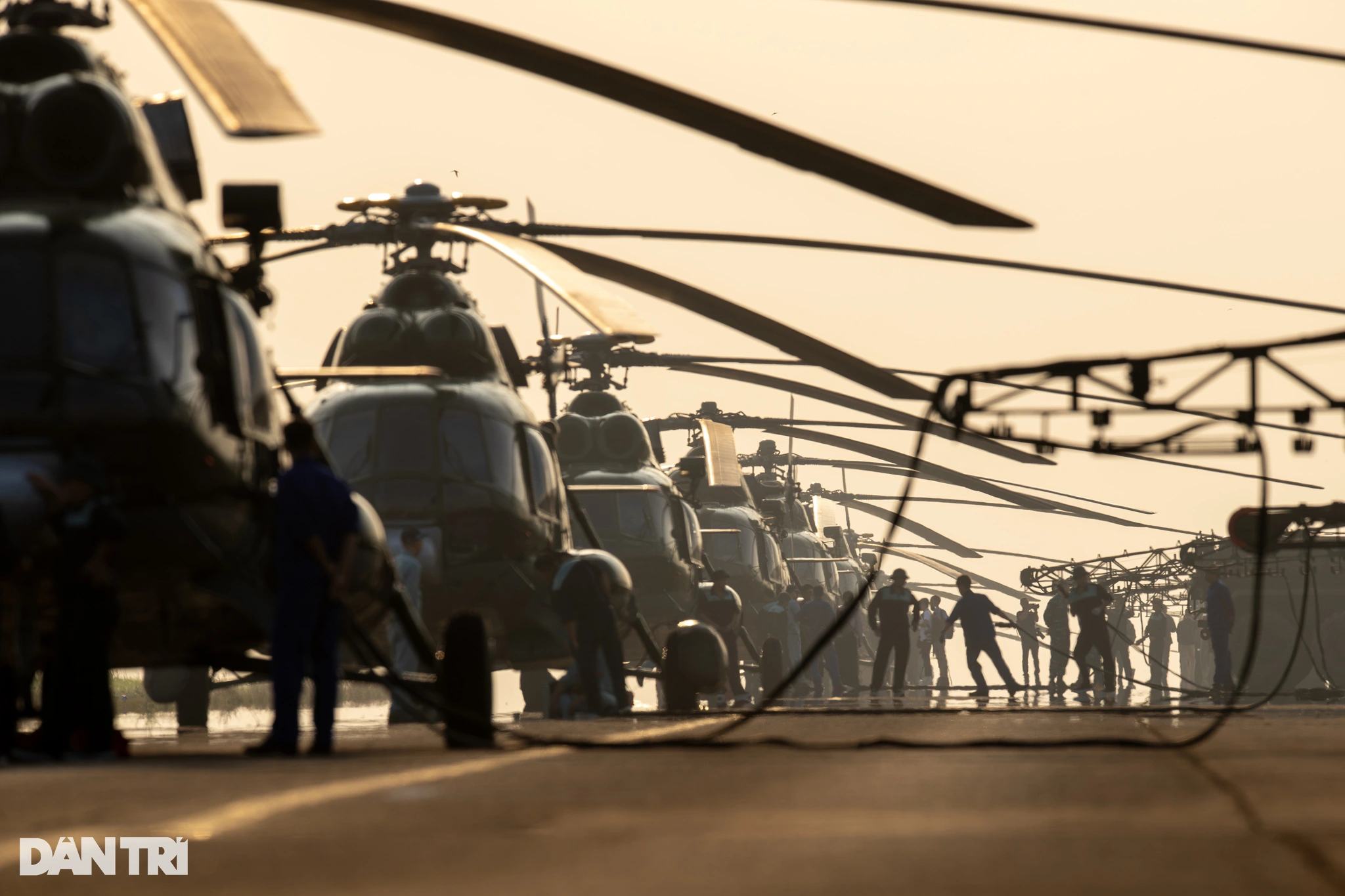

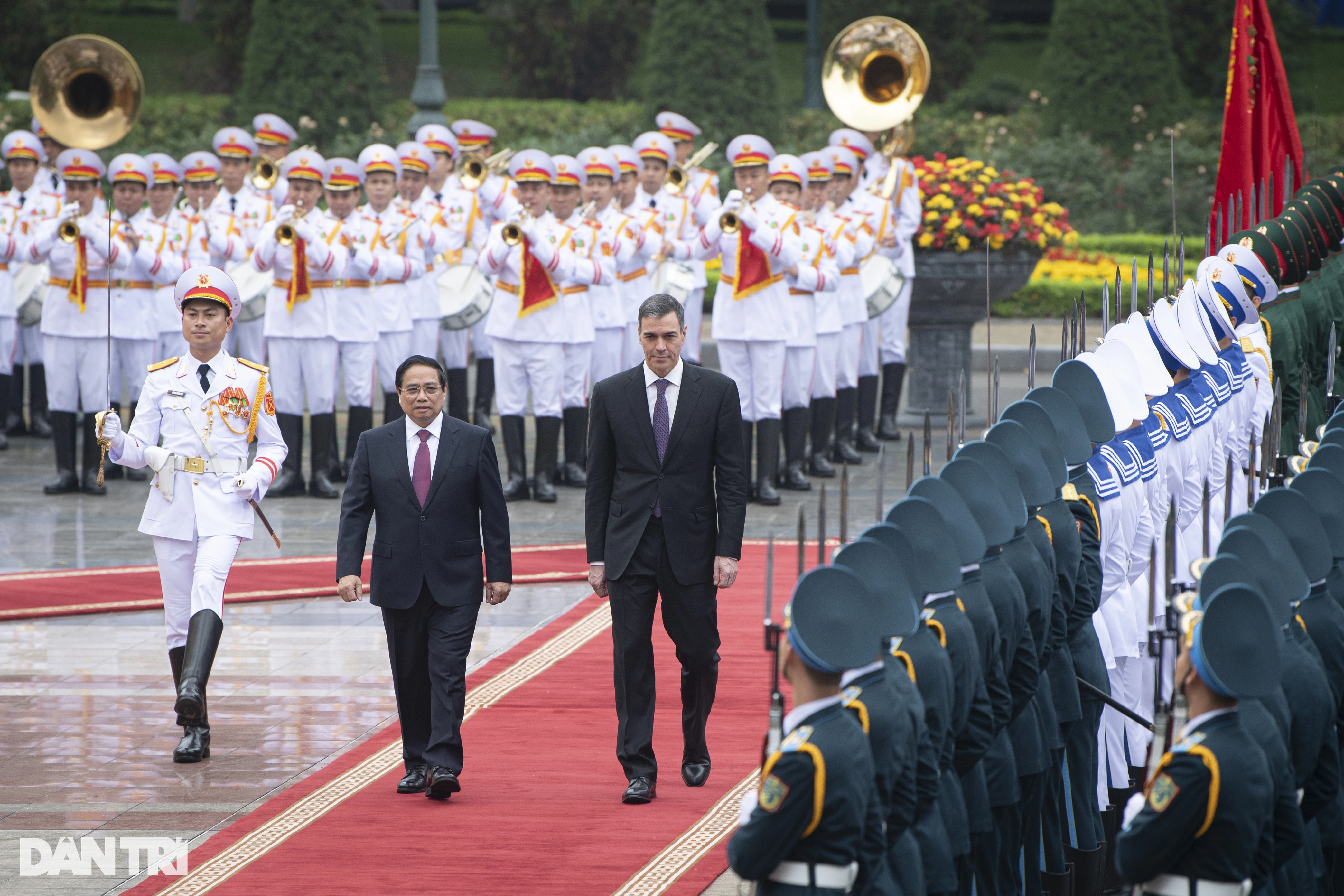
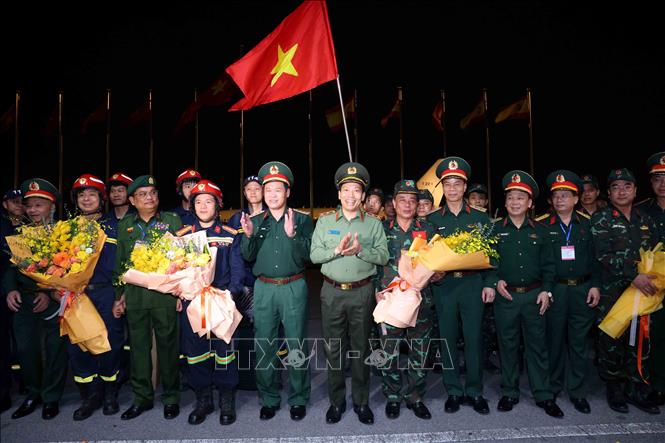

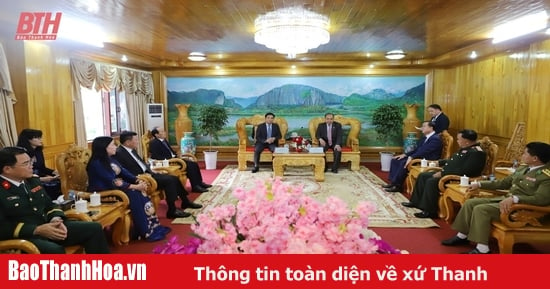

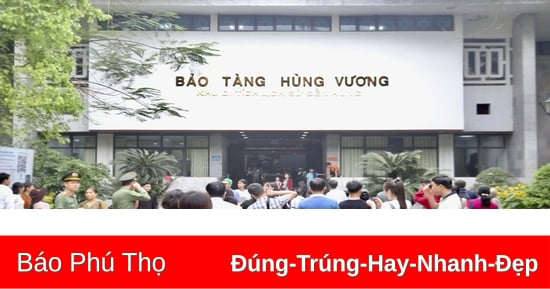

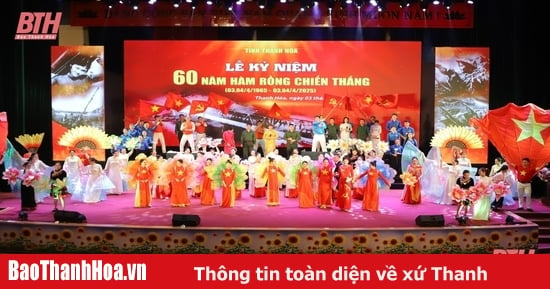
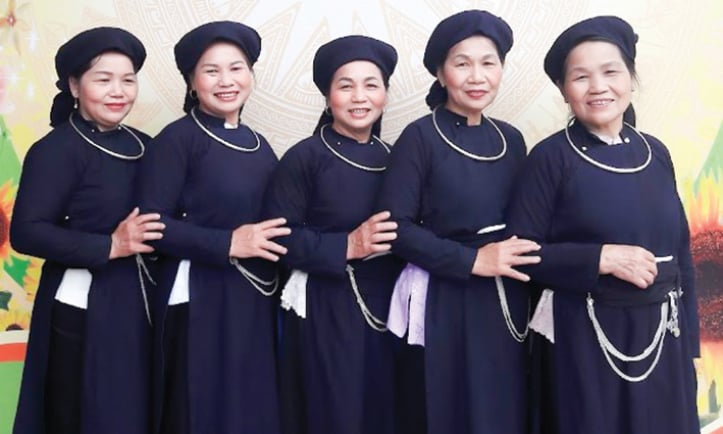


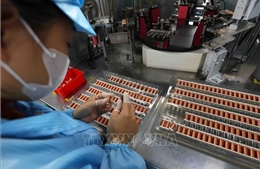
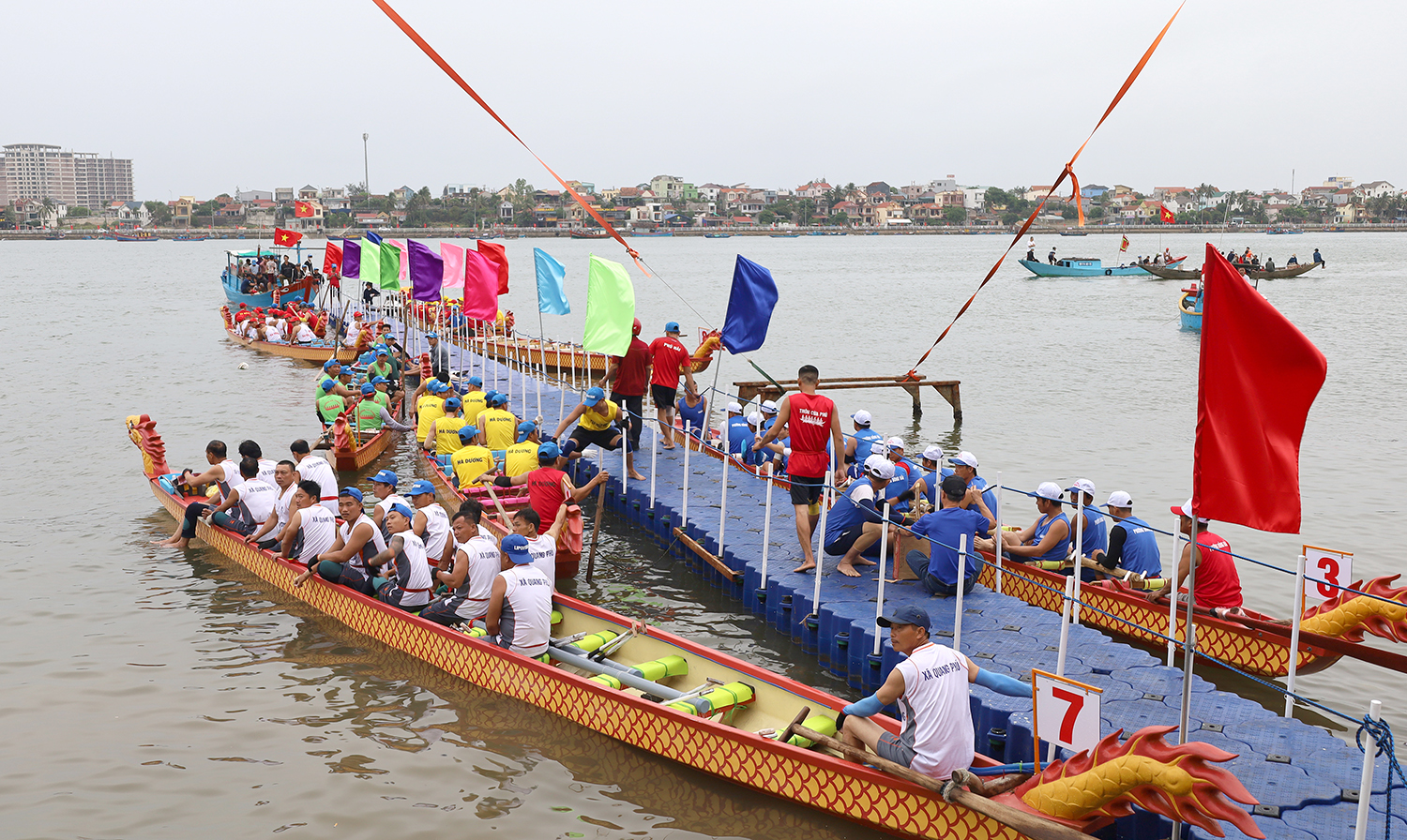
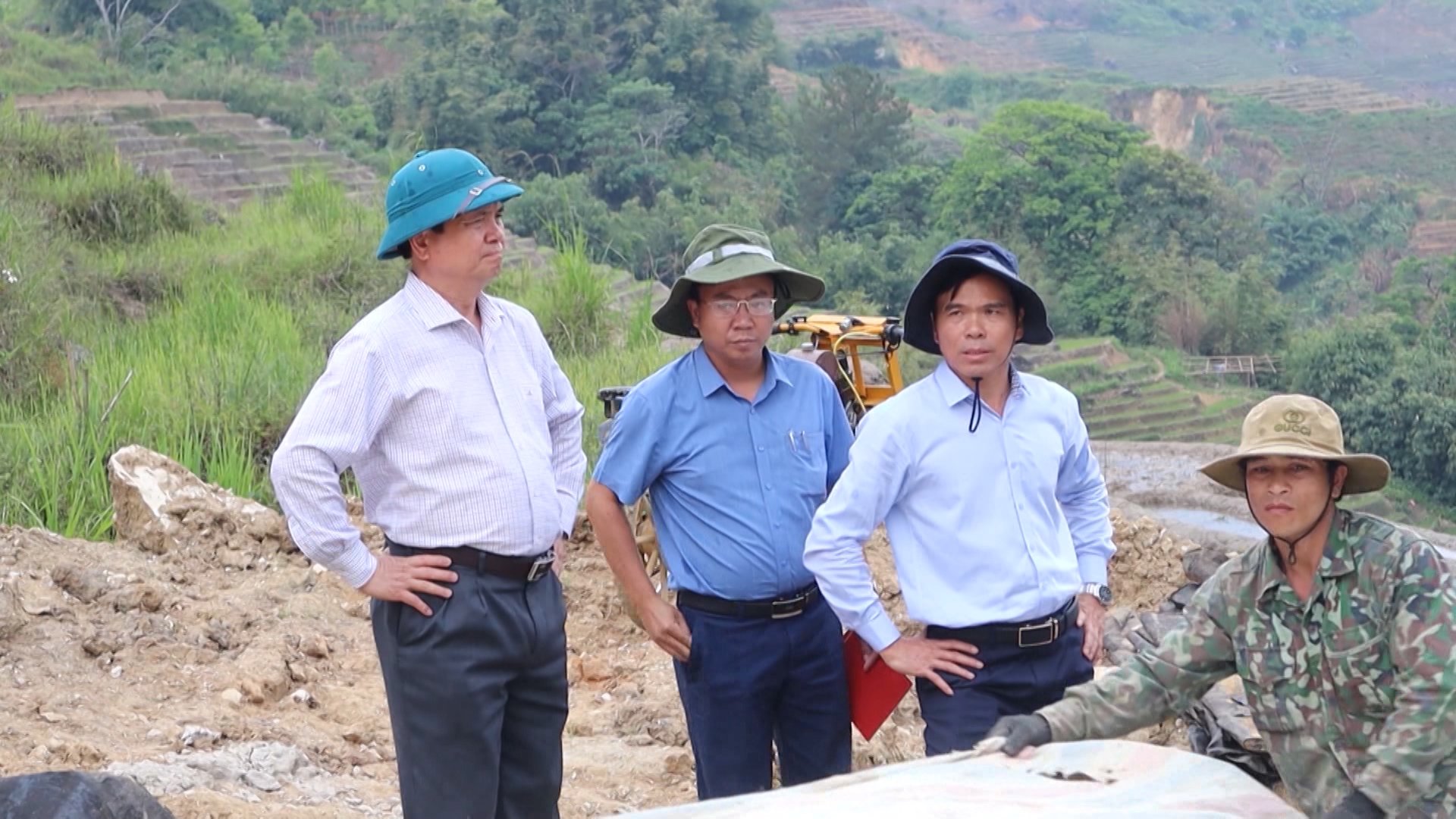


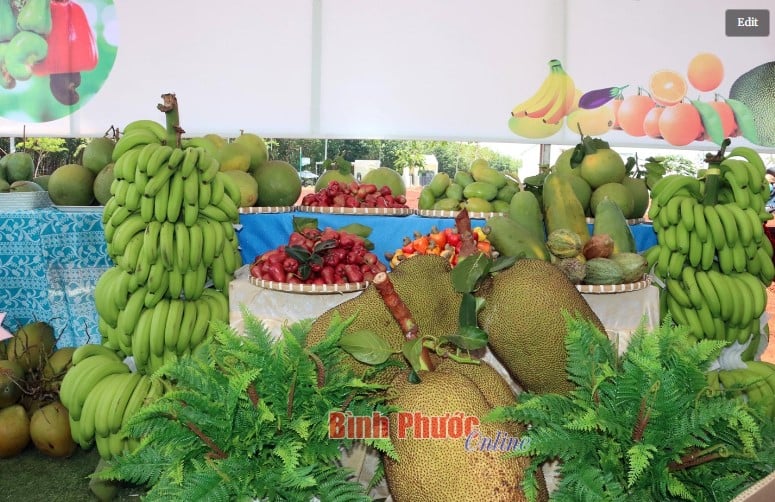

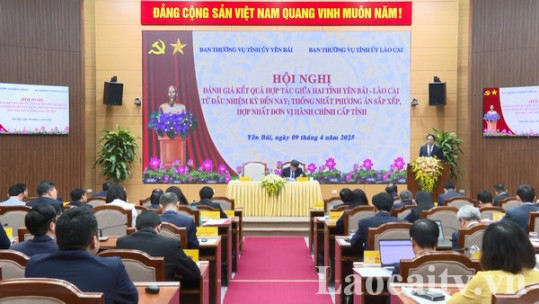
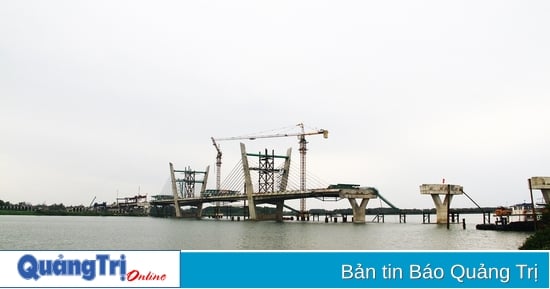
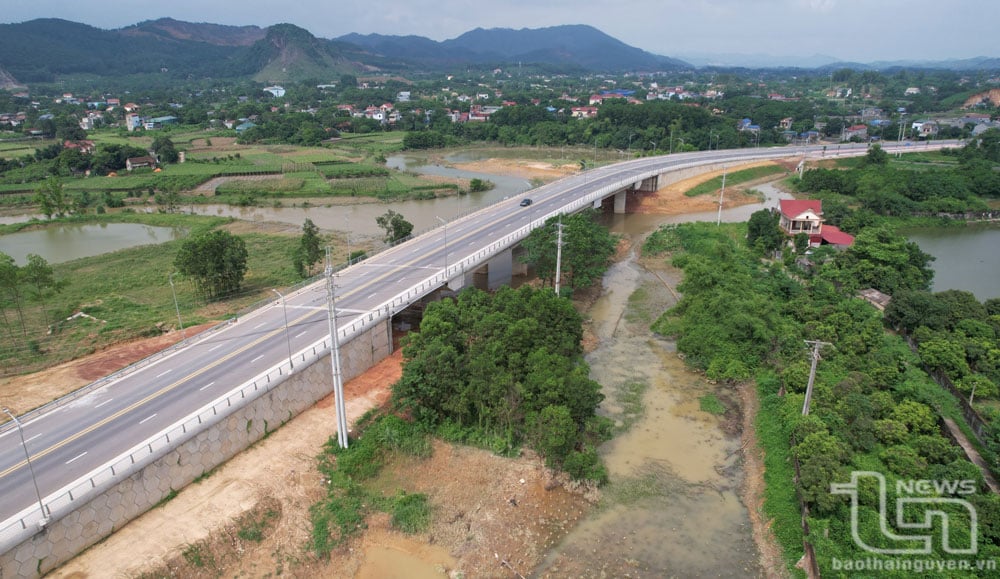
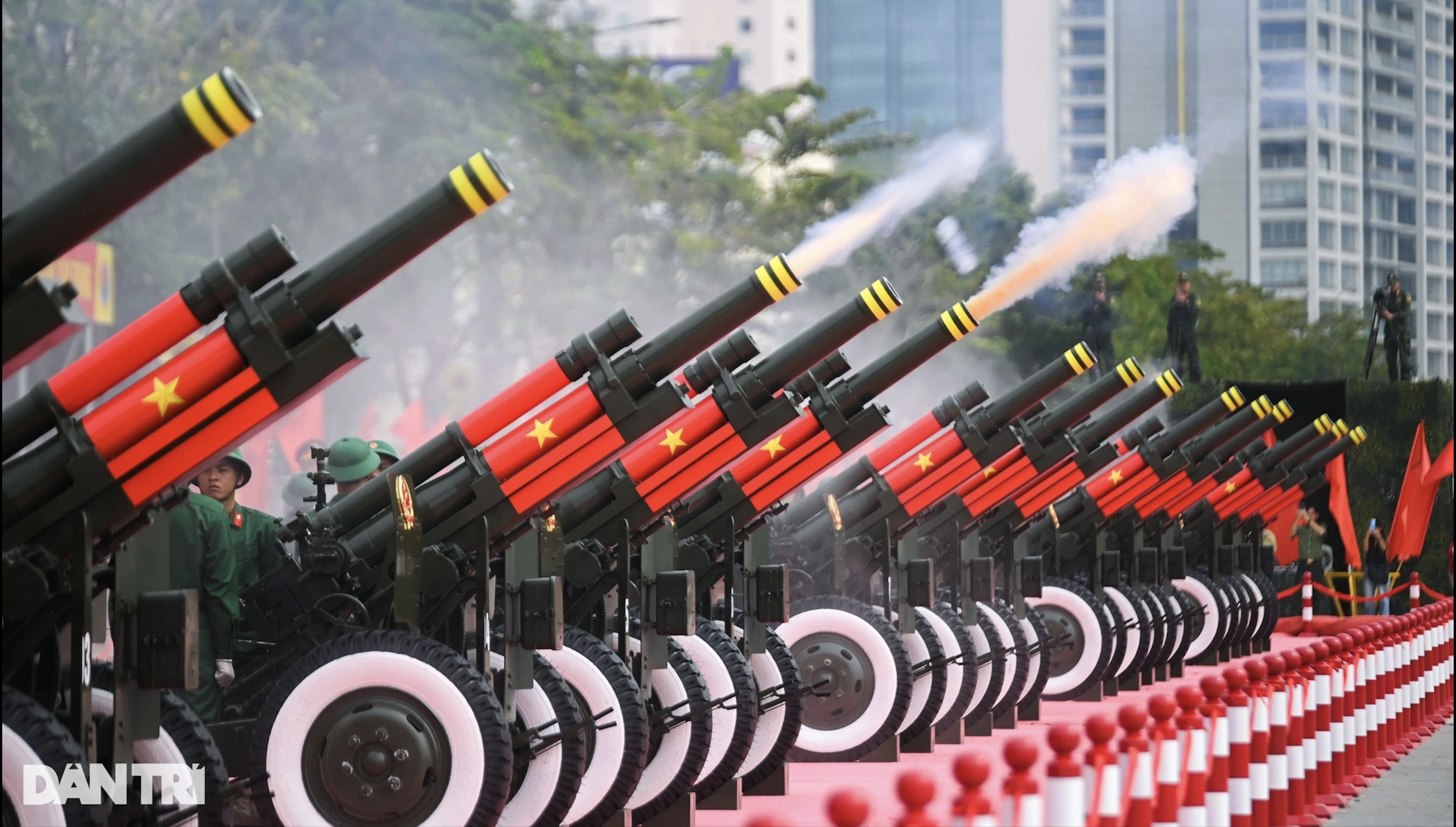
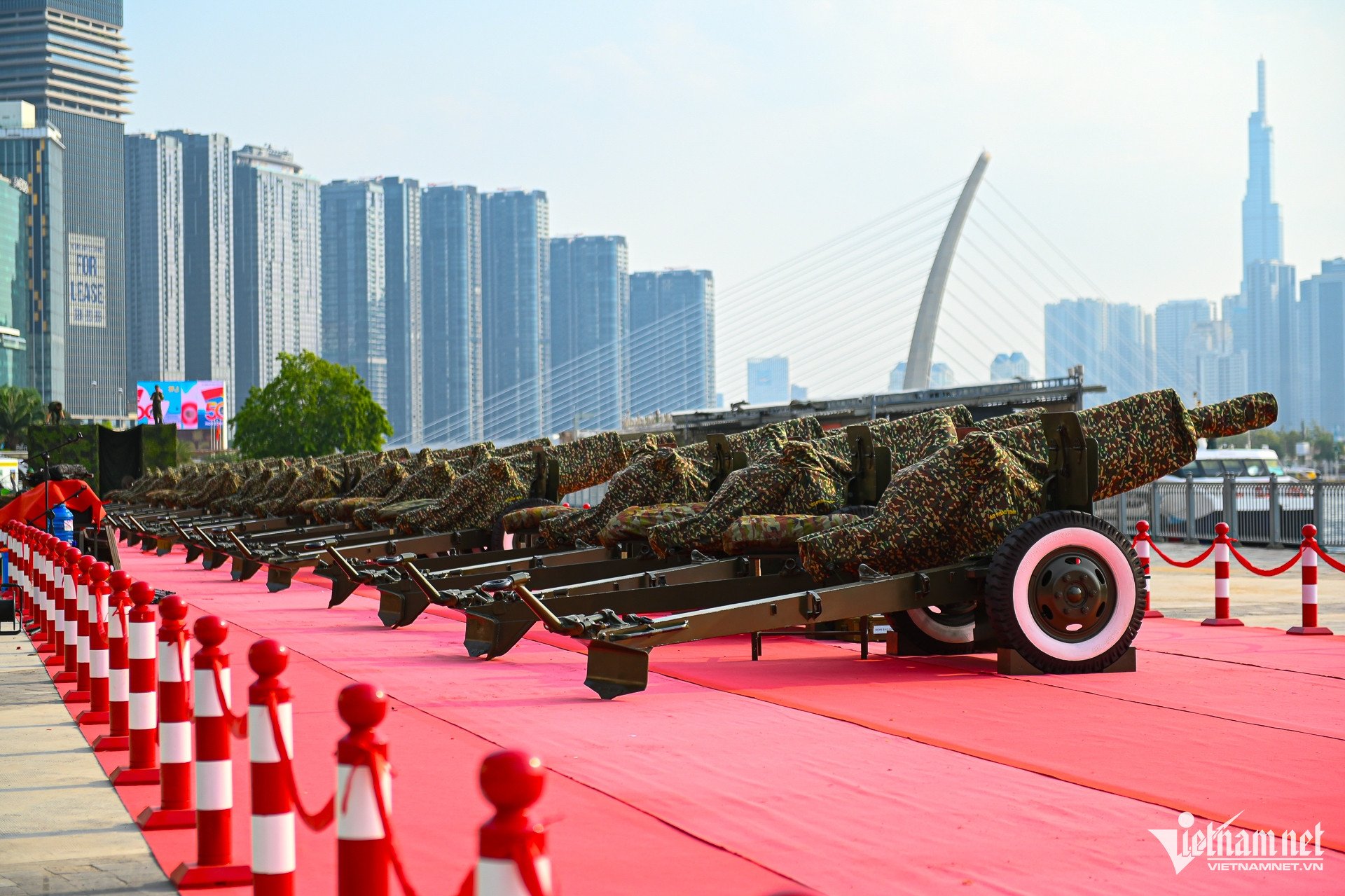

![[Photo] Visiting Cu Chi Tunnels - a heroic underground feat](https://vstatic.vietnam.vn/vietnam/resource/IMAGE/2025/4/8/06cb489403514b878768dd7262daba0b)



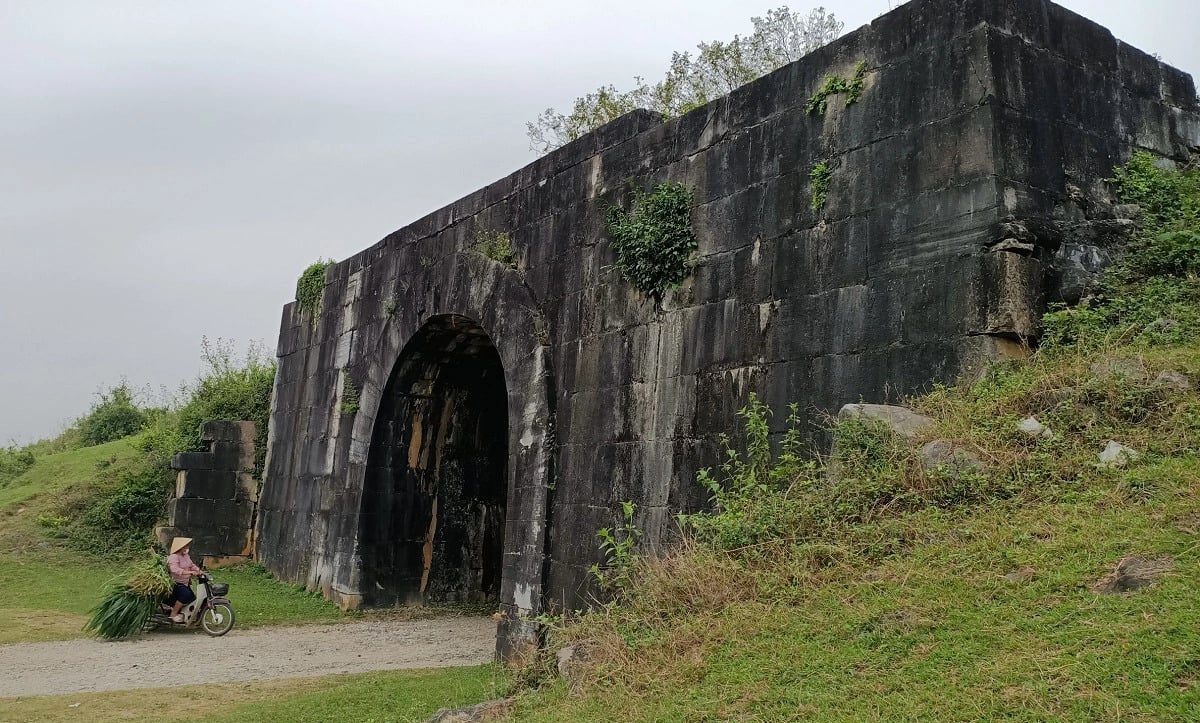

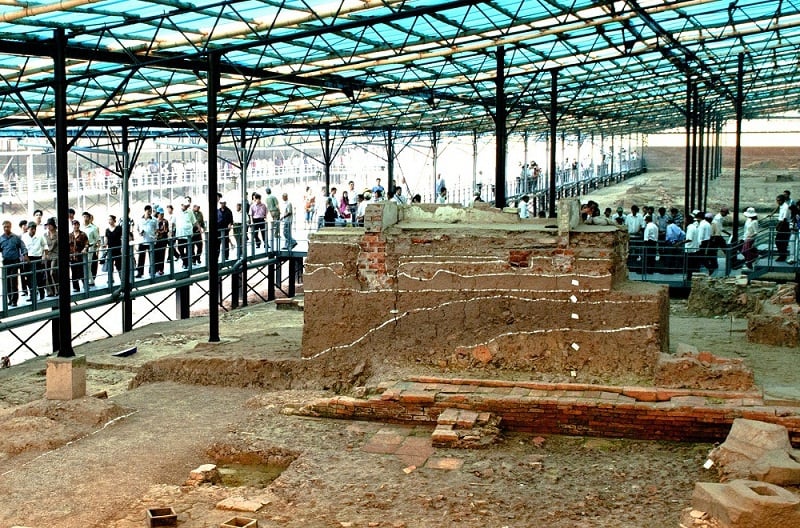

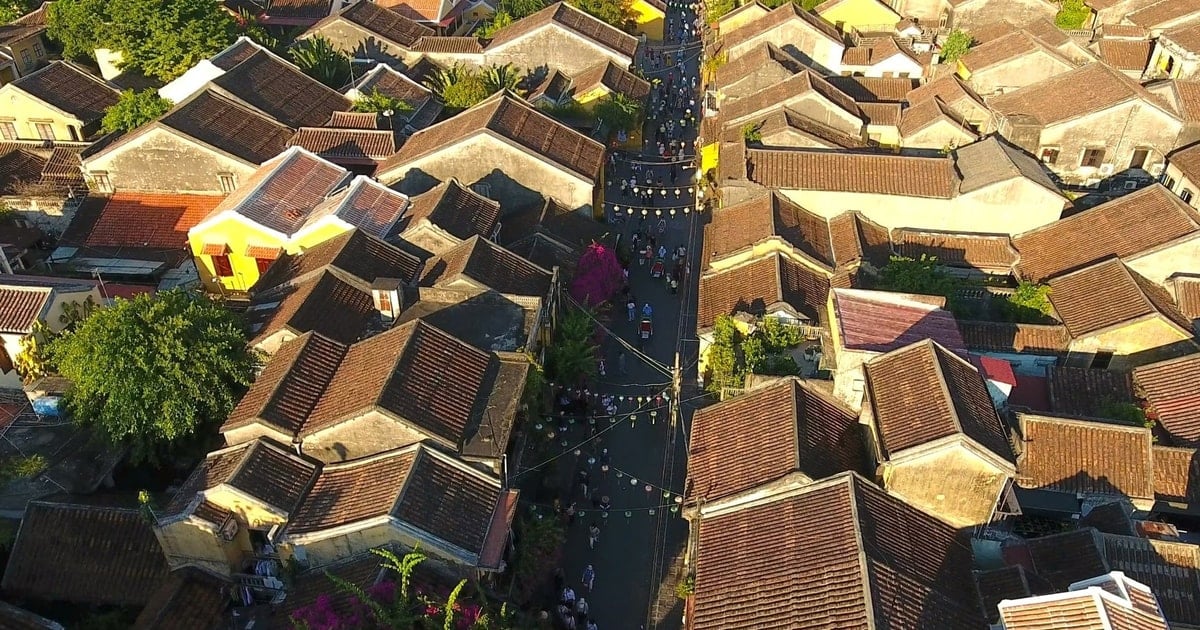
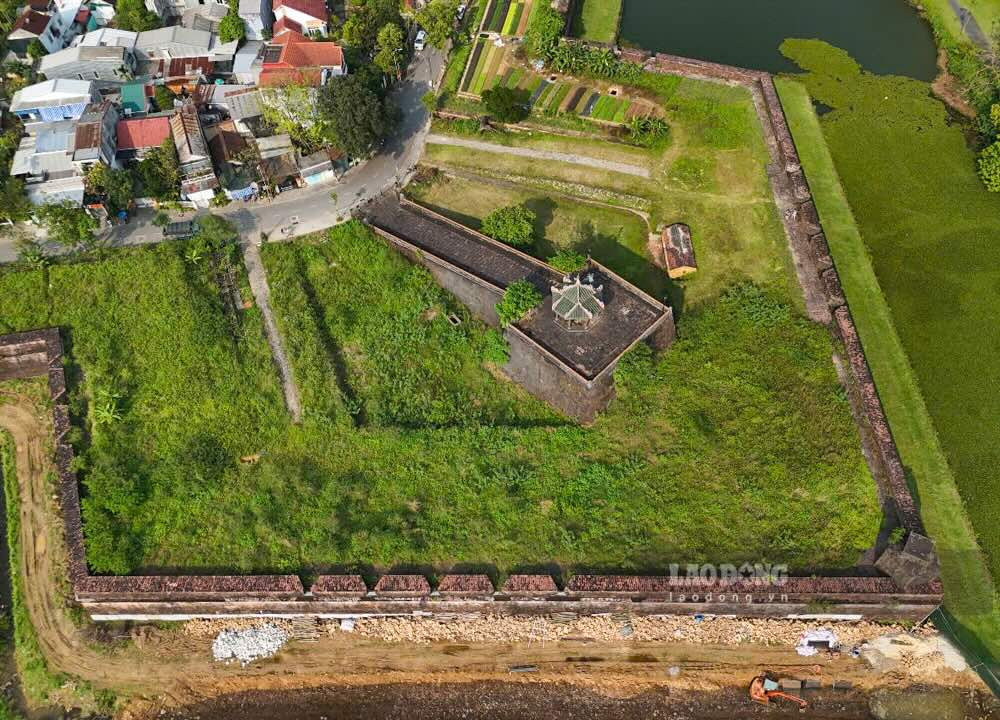



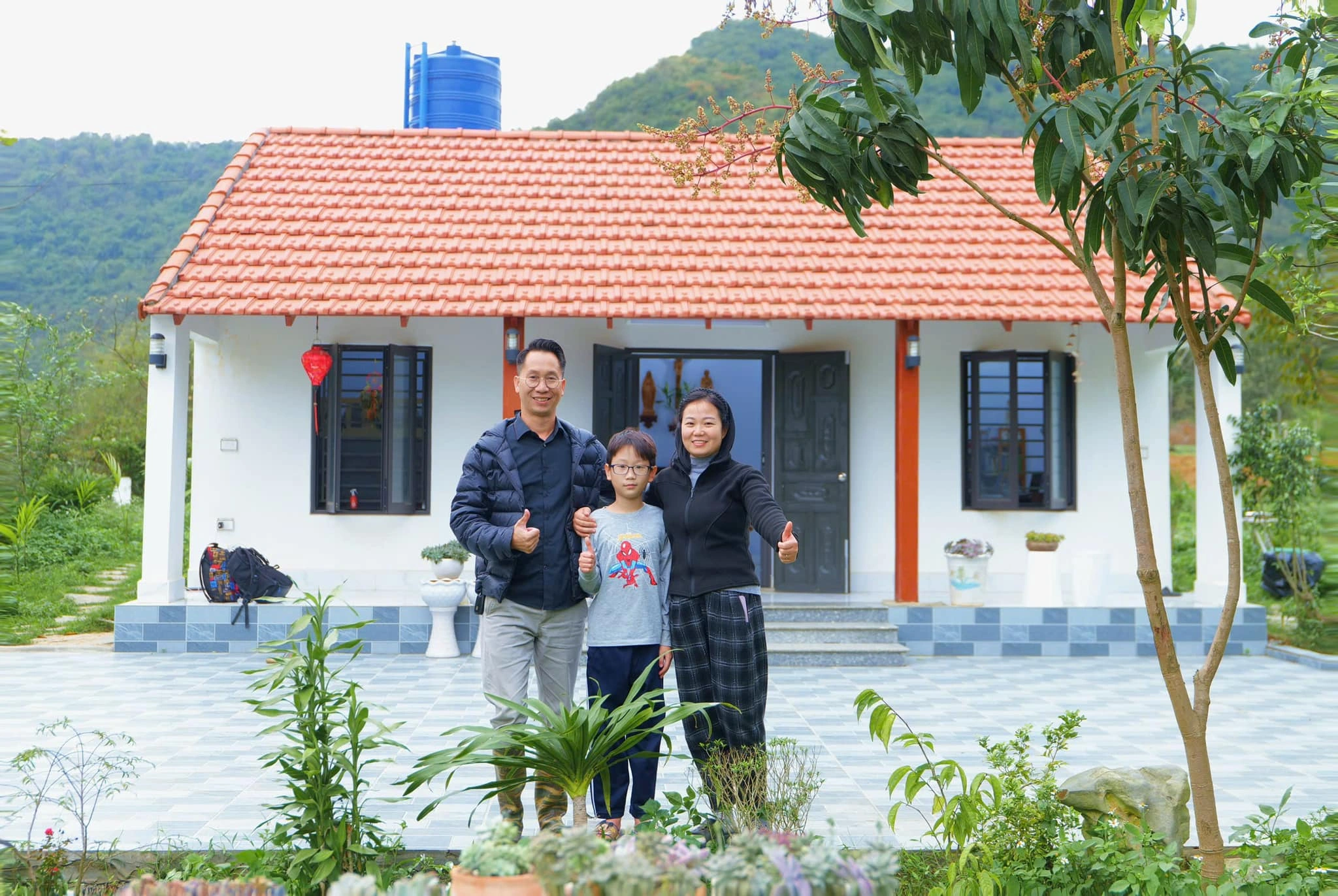

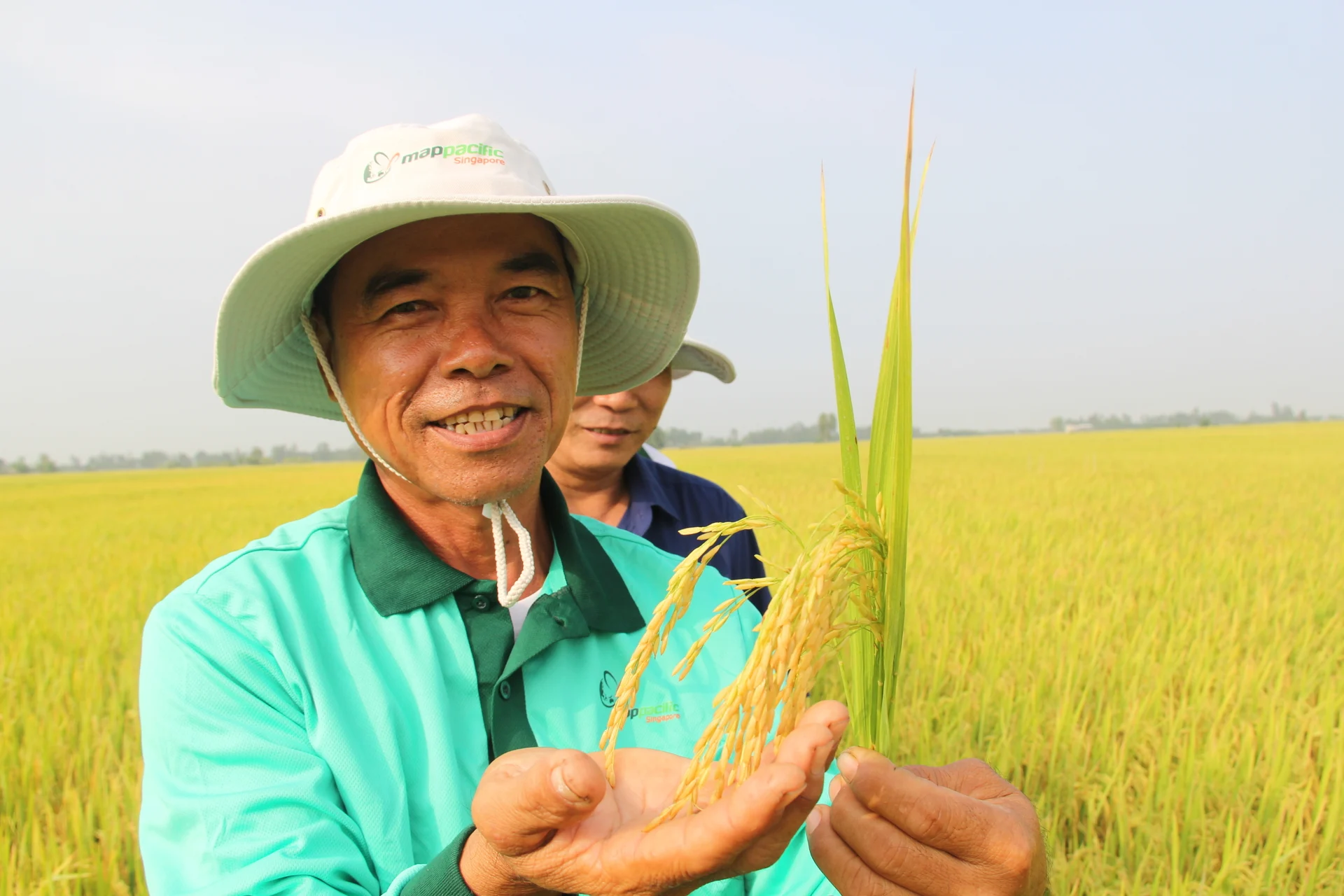

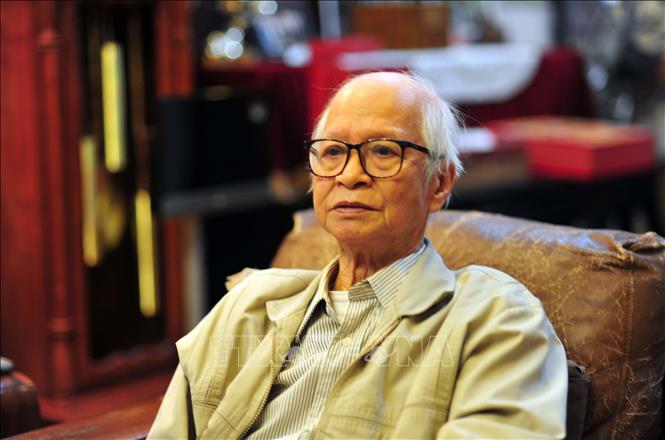
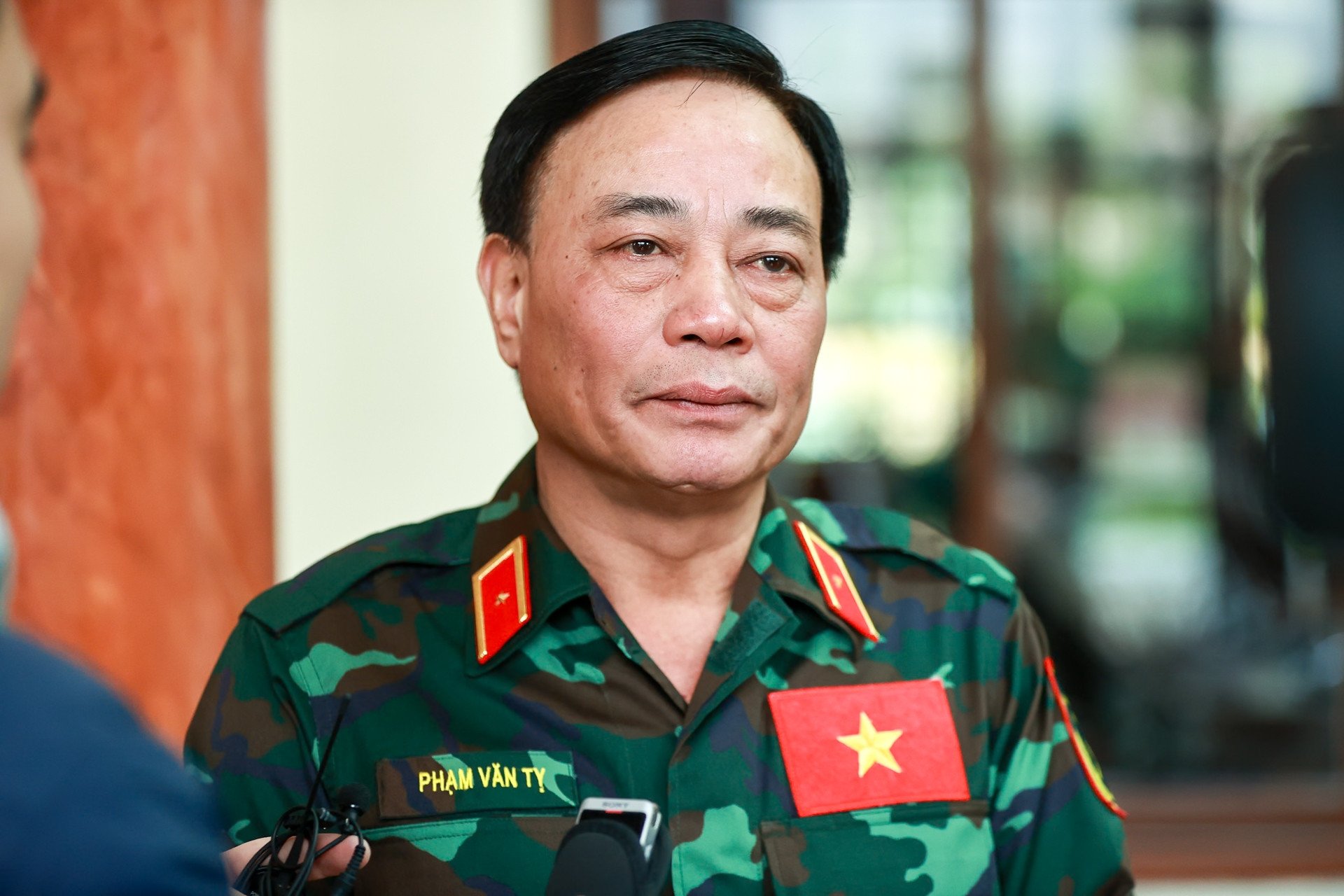











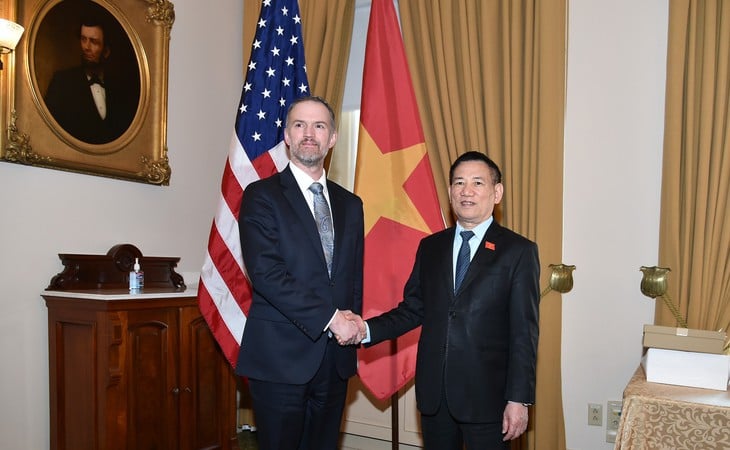


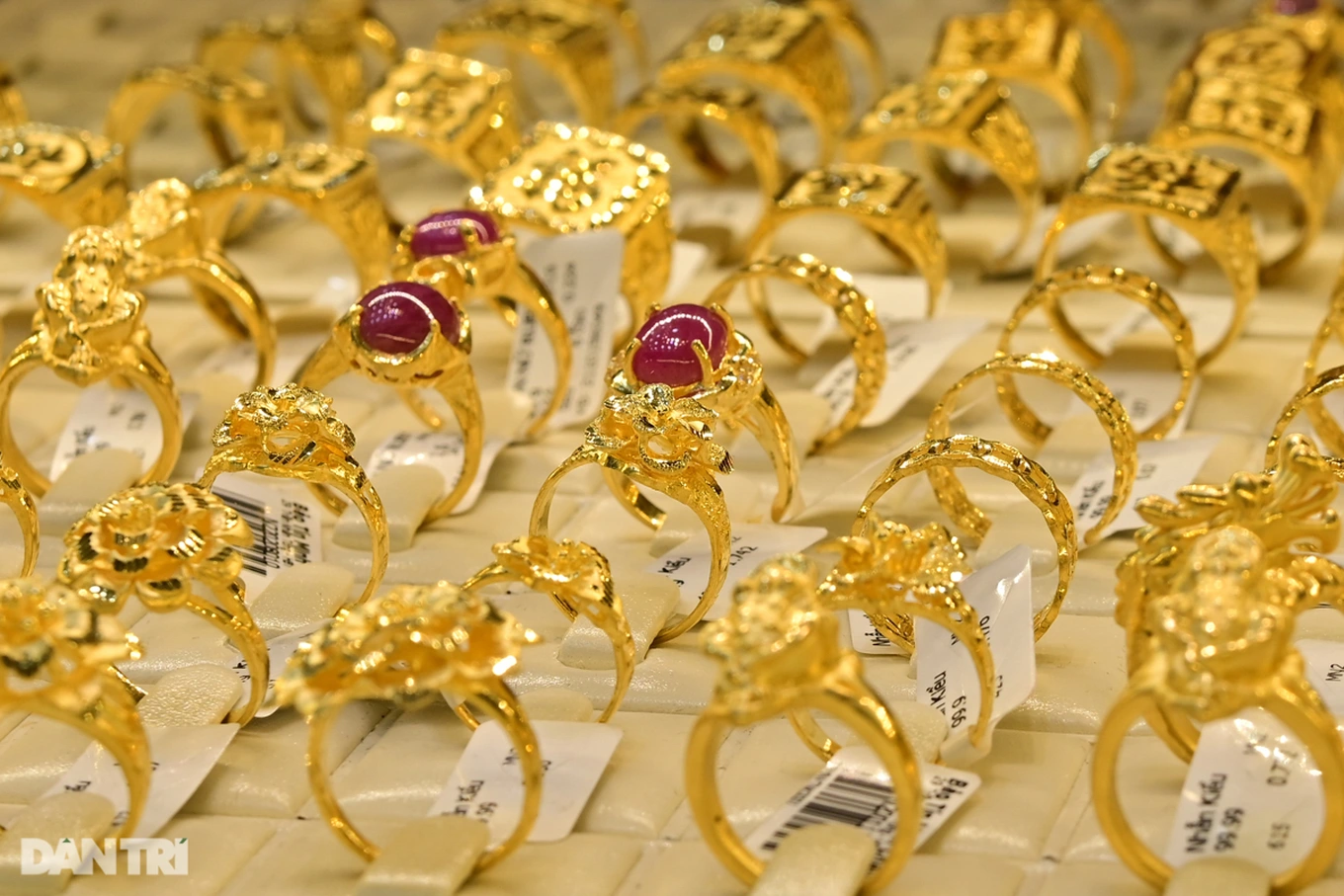
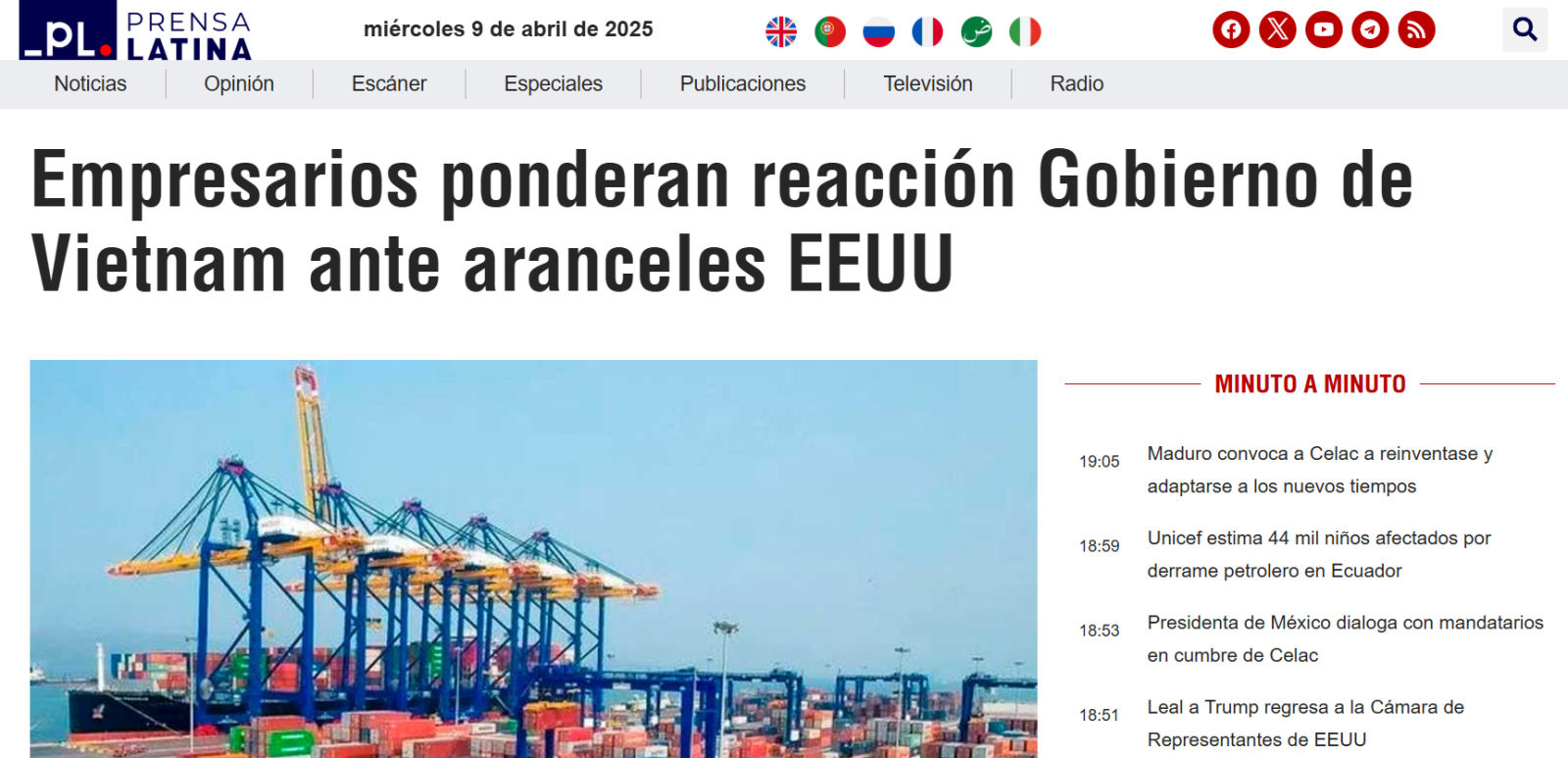
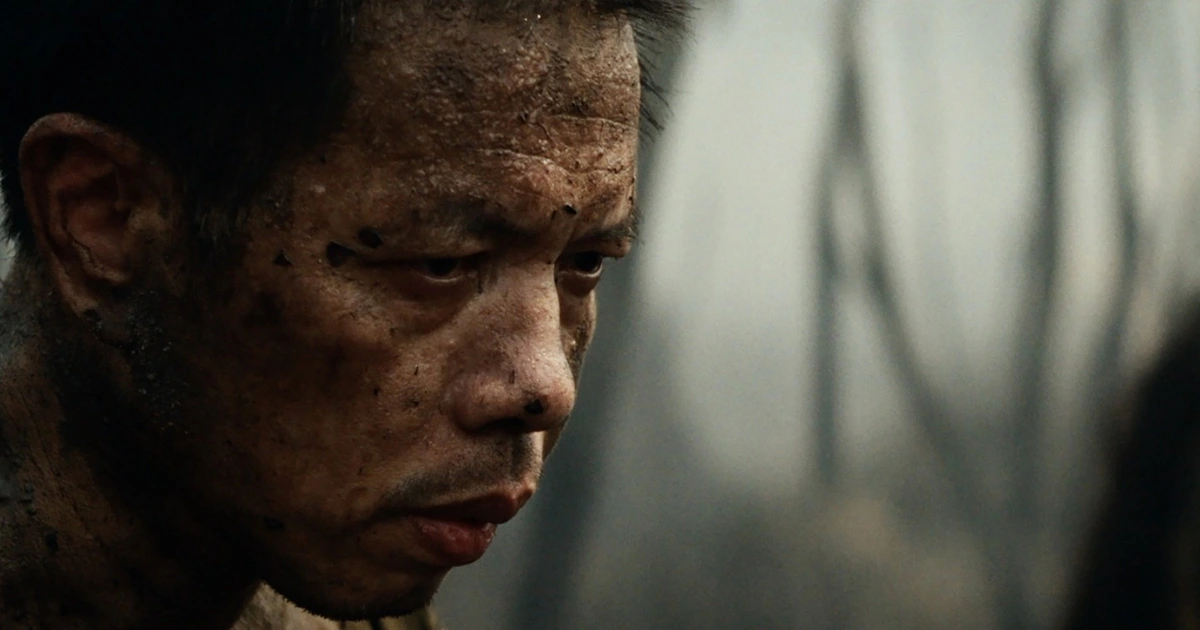








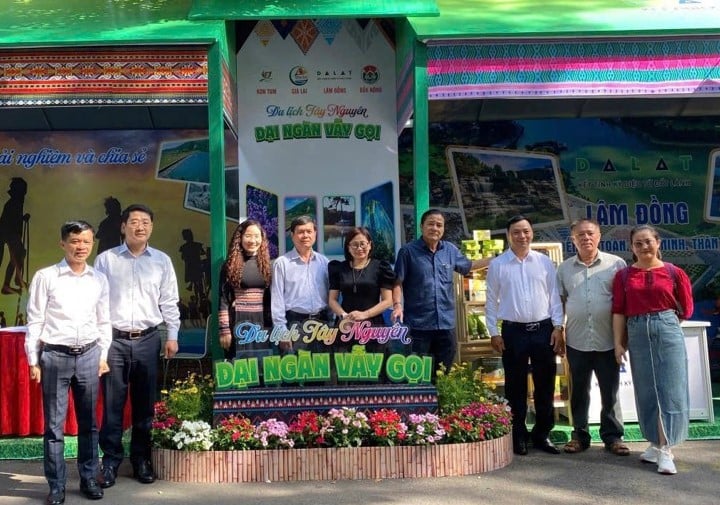

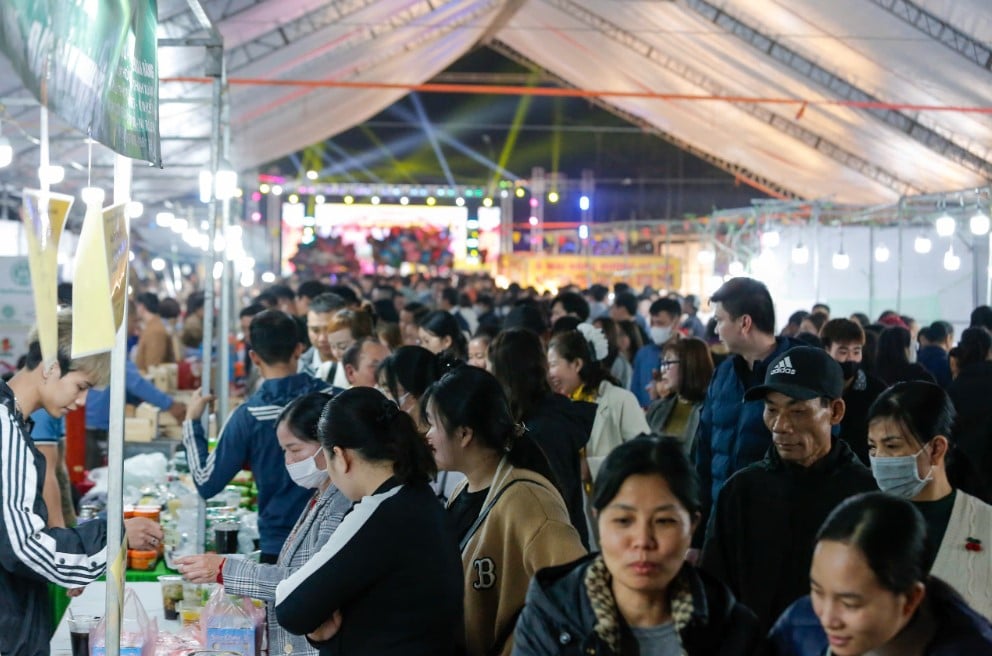


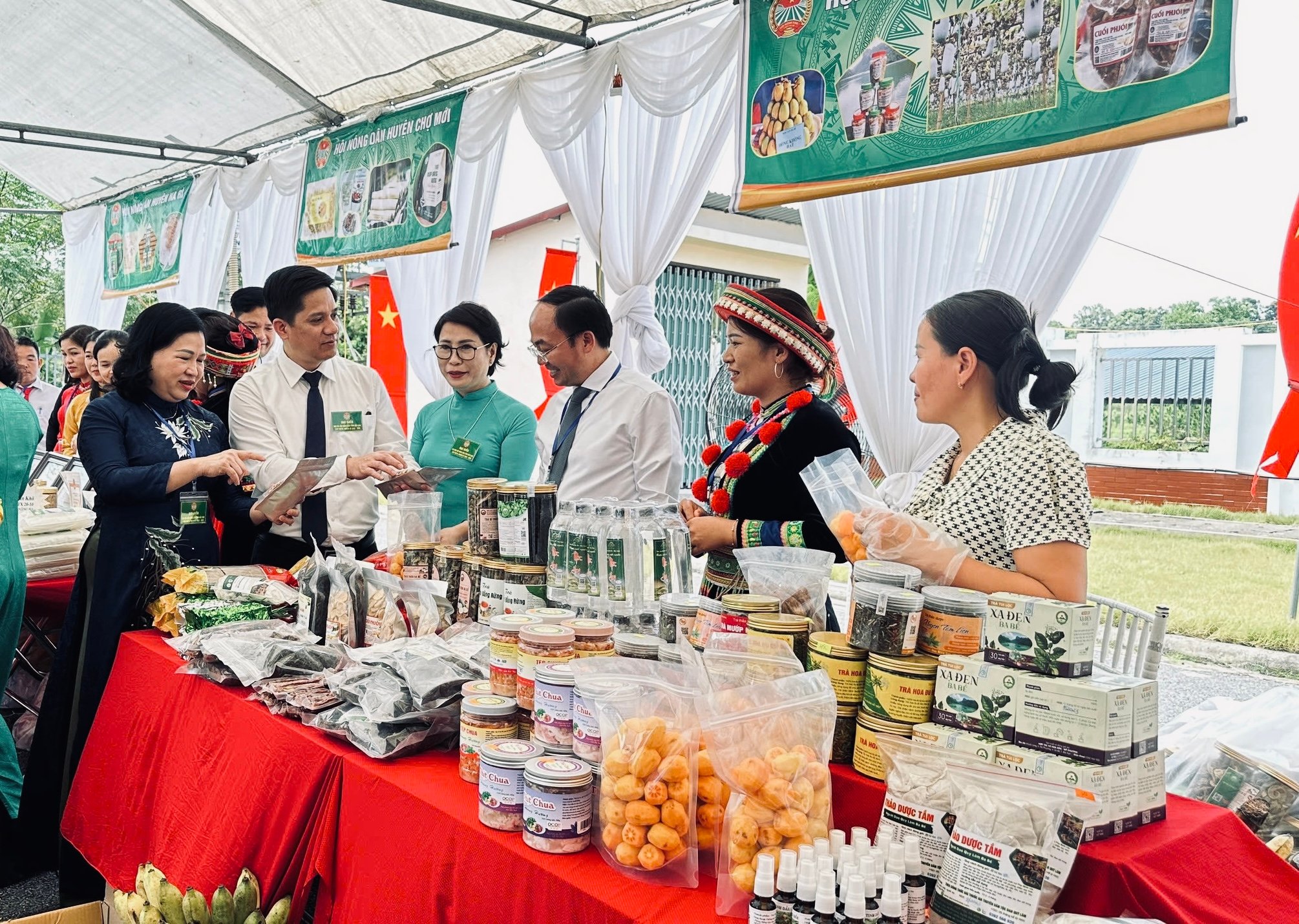
Comment (0)